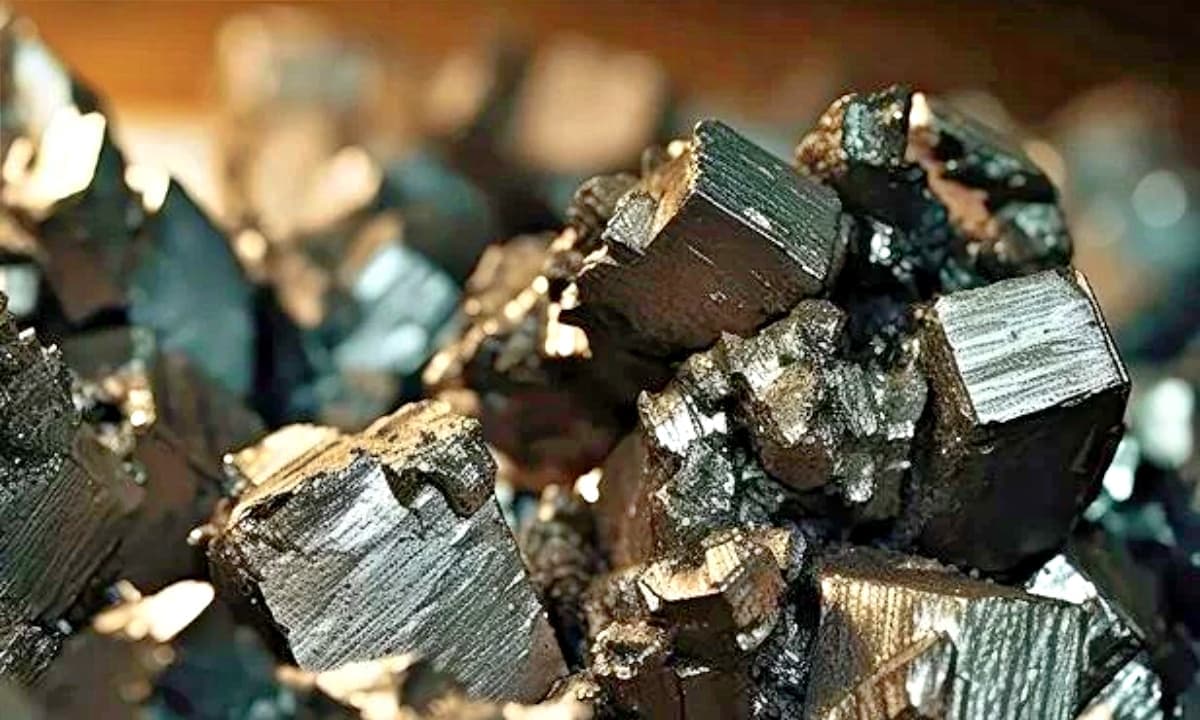NASA's Advanced Rocket Booster Detonates During Test of a Design That Might Never See Flight

While the fate of NASA’s Space Launch System (SLS) rocket hangs in the balance, the agency is pushing ahead with tests of new components needed to launch the vehicle toward the Moon. The latest test included the firing of a solid booster meant to replace NASA’s shuttle-era rocket parts. Although the new booster started off strong, its nozzle appeared to get blown off around two minutes after it began firing its motor.
On Thursday in Utah, Northrop Grumman conducted the first full-scale static fire test of the newly built solid rocket booster. NASA’s Booster Obsolescence and Life Extension (BOLE) is the “world’s largest and most powerful segmented solid rocket motor,” according to Northrop Grumman. The test lasted for a little over two minutes, burning more than 1.4 million pounds of propellant. Toward the end, however, an unusually bright plume appeared to suddenly burn through parts of the booster, resulting in a large fireball and flying debris. In the video (shown below), the anomaly appears at the 22:15 mark.
[embed]https://www.youtube.com/watch?v=T3TfNZsCxDU[/embed]
“Today’s test pushed the boundaries of large solid rocket motor design to meet rigorous performance requirements,” Jim Kalberer, vice president of propulsion systems at Northrop Grumman, said in a statement. “While the motor appeared to perform well through the most harsh environments of the test, we observed an anomaly near the end of the two-plus minute burn.”
The anomaly was likely caused by a faulty nozzle on the booster. “The nozzle liberated energetically from the motor around 10 seconds before the burn ended, and there appeared to be some debris leaving the nozzle just before the main disintegration of the nozzle happened,” NASA Spaceflight reports.
Northrop Grumman developed the new booster under a $3.2 billion contract with NASA. The booster features carbon-fiber composite cases, which are meant to be lighter and stronger than the shuttle-era steel cases currently on SLS. Instead of the SLS booster’s current hydraulic thrust vector control steering system, BOLE uses an electronic system. It also uses a different propellant formula that’s meant to increase performance by around 10% and adds another five metric tons of payload.

NASA’s massive, fully expendable Moon rocket is under heavy scrutiny. The 5.75-million-pound SLS was built using components from NASA’s Space Shuttle program, which ran from 1981 to 2011. SLS is outfitted with four RS-25 engines originally built by Aerojet Rocketdyne for the shuttle project. NASA has a total of four contracts with Aerojet Rocketdyne for the RS-25 engines and Northrop Grumman for the boosters, which were also used during the Shuttle era, before the space agency switches to the newly designed BOLE. The new booster is intended for use on SLS beginning with Artemis 9, which is currently scheduled for 2034.
SLS is a capable heavy-lift rocket, but it’s ultimately unaffordable. The launch vehicle has already gone $6 billion over budget, with the projected cost of each SLS rocket being $144 million more than anticipated. That would increase the overall cost of a single Artemis launch to at least $4.2 billion, according to a report released in 2024 by the office of NASA’s inspector general. In its budget proposal for 2026, the U.S. administration laid out a plan to phase out SLS and its Orion capsule, replacing them with commercial substitutes. To be clear, SLS is not officially dead, but it doesn’t look good.
Despite the uncertainty surrounding SLS, NASA carried out another test of the rocket’s components last week. On June 20, the agency tested an RS-25 engine at the Fred Haise Test Stand at NASA’s Stennis Space Center in Mississippi. This was the first hot fire test of the new RS-25 engines, and it lasted around eight and a half minutes or “the same amount of time RS-25 engines fire during a launch of an SLS rocket on Artemis missions to the Moon,” according to NASA.
NASA seems to be making progress with the new designs for its SLS rocket, but it’s not clear whether these new parts will get to launch a mission to the Moon.









